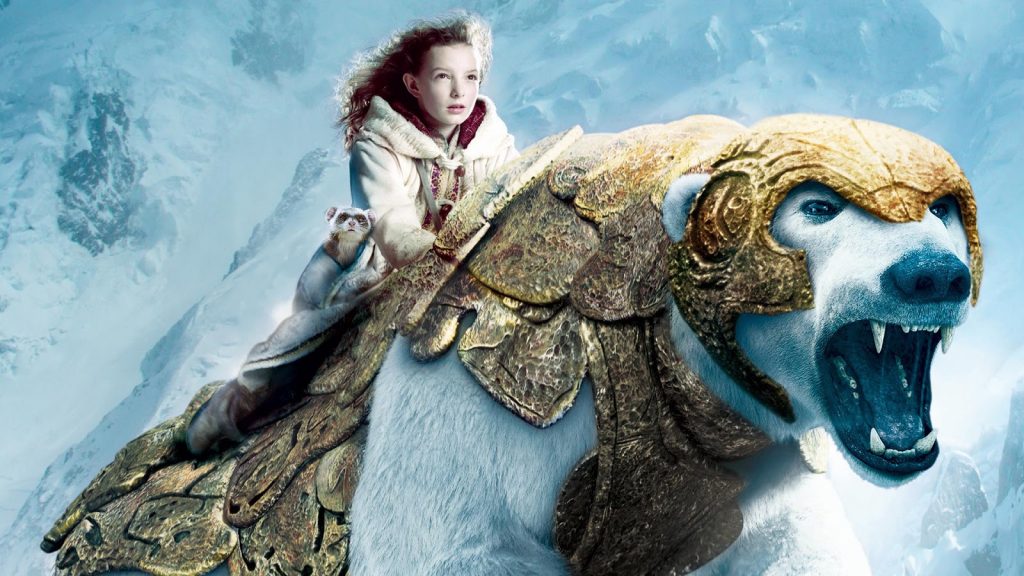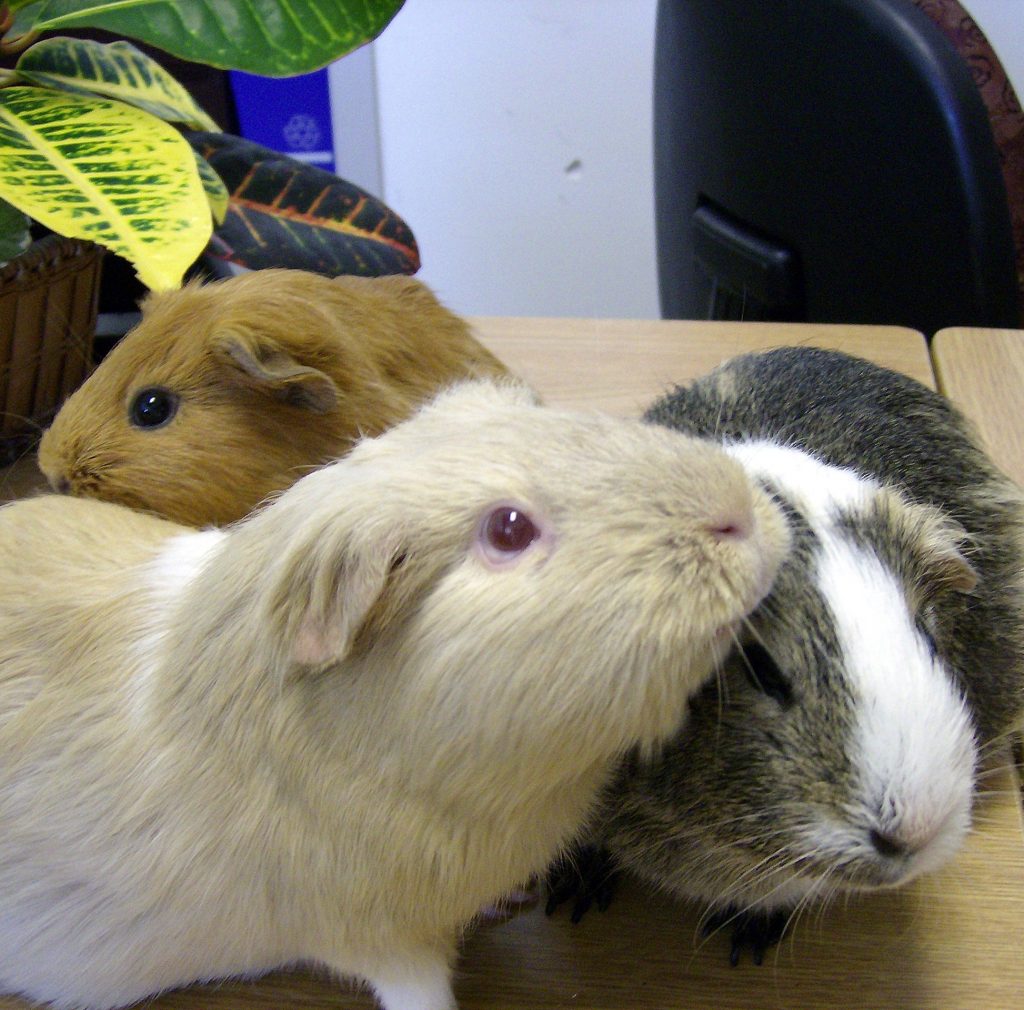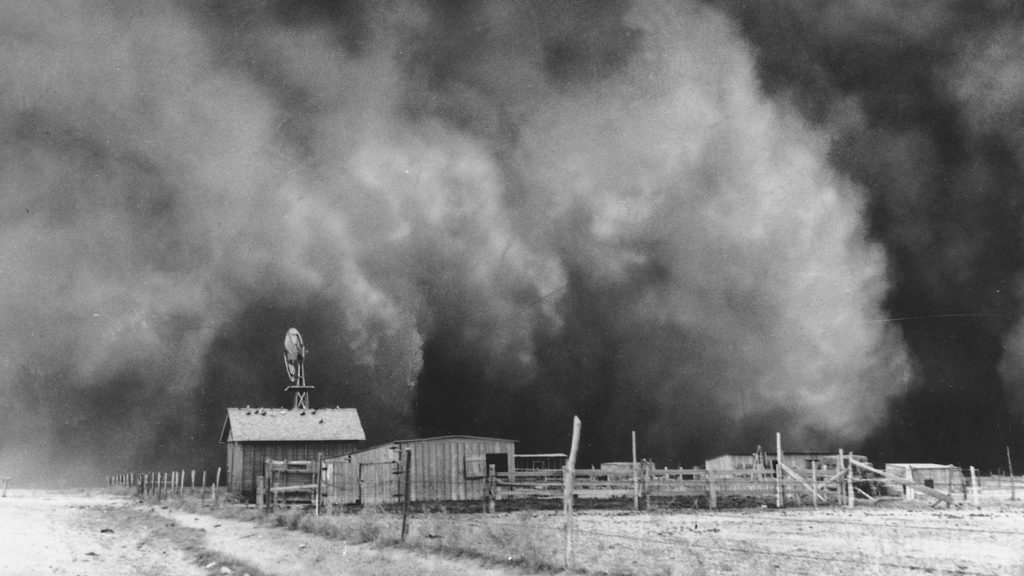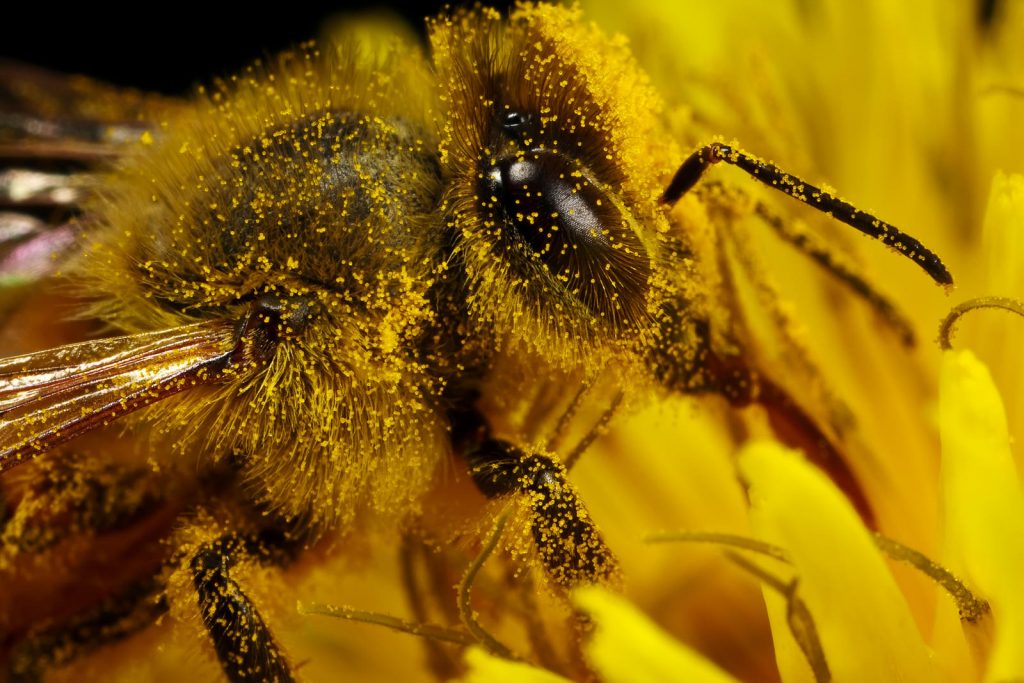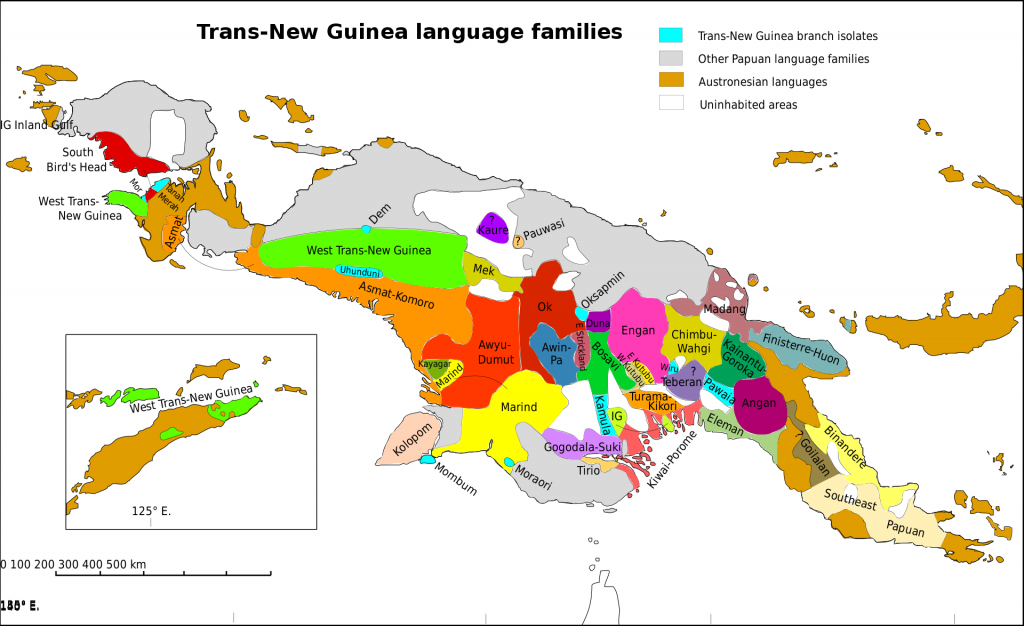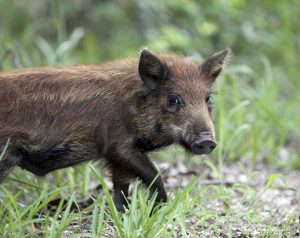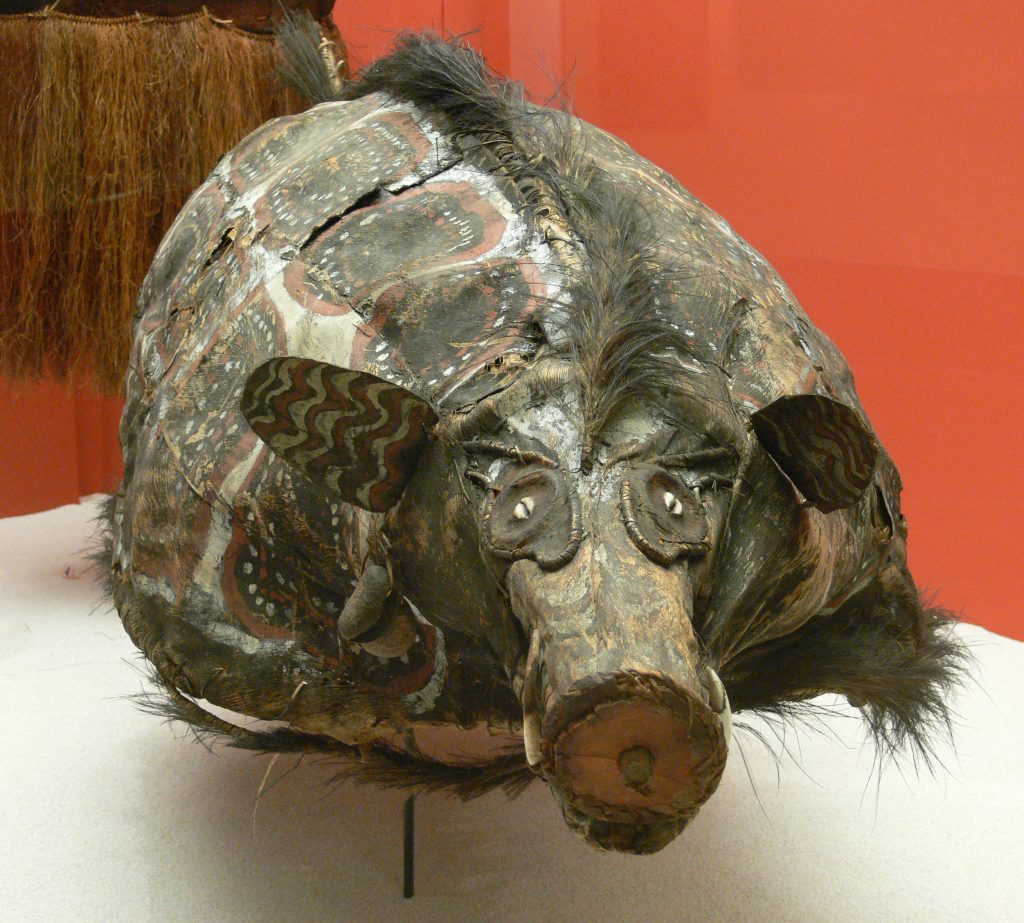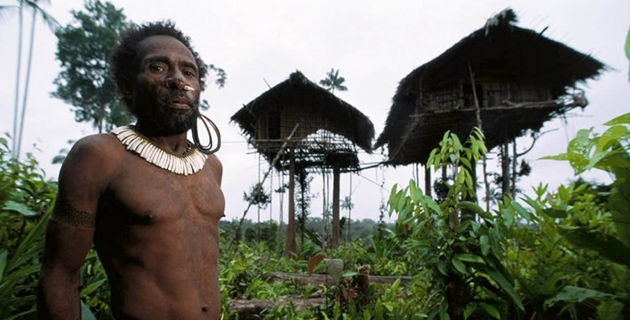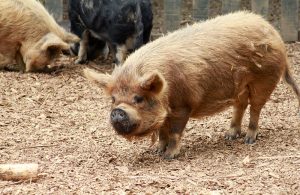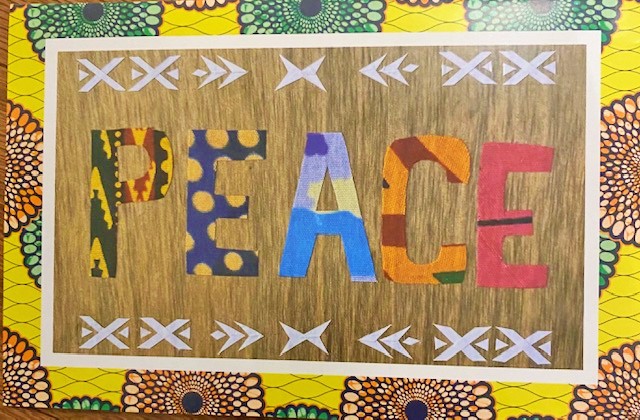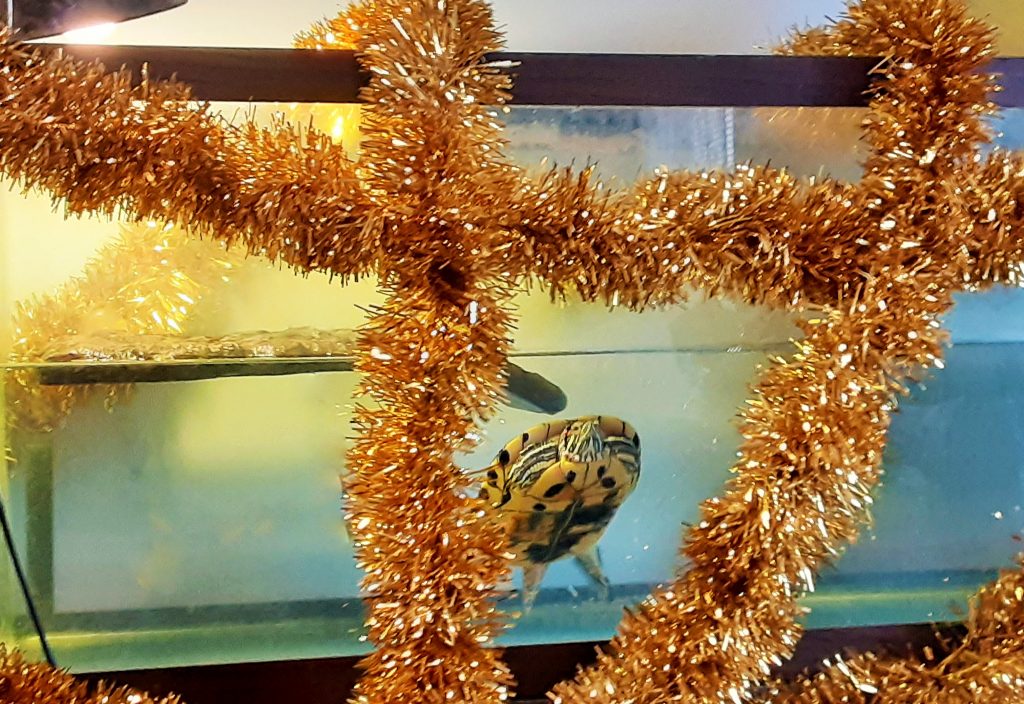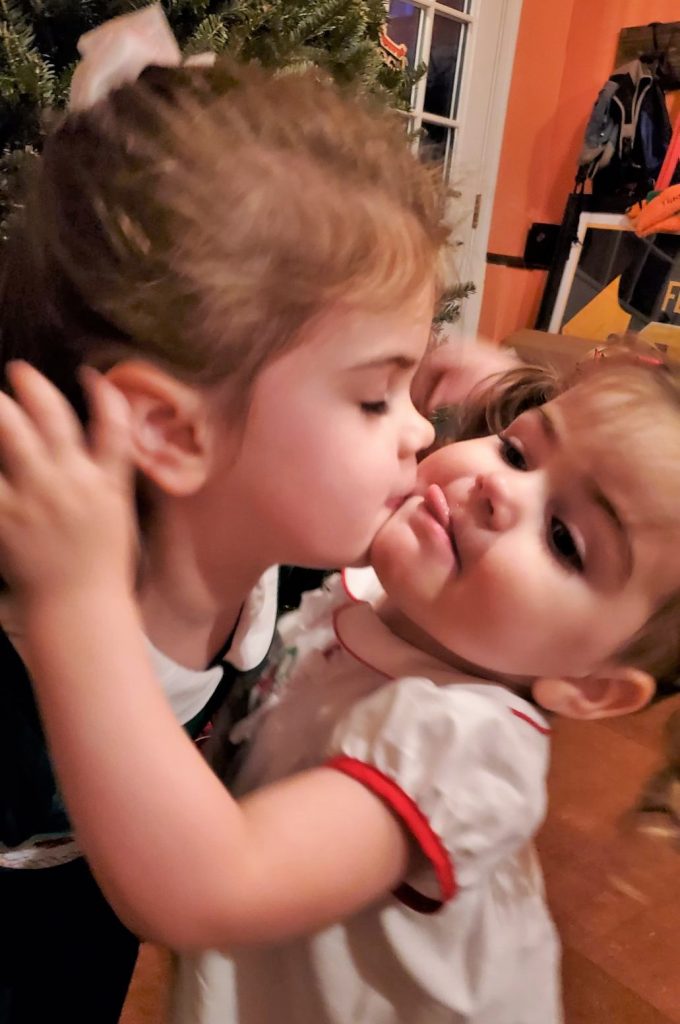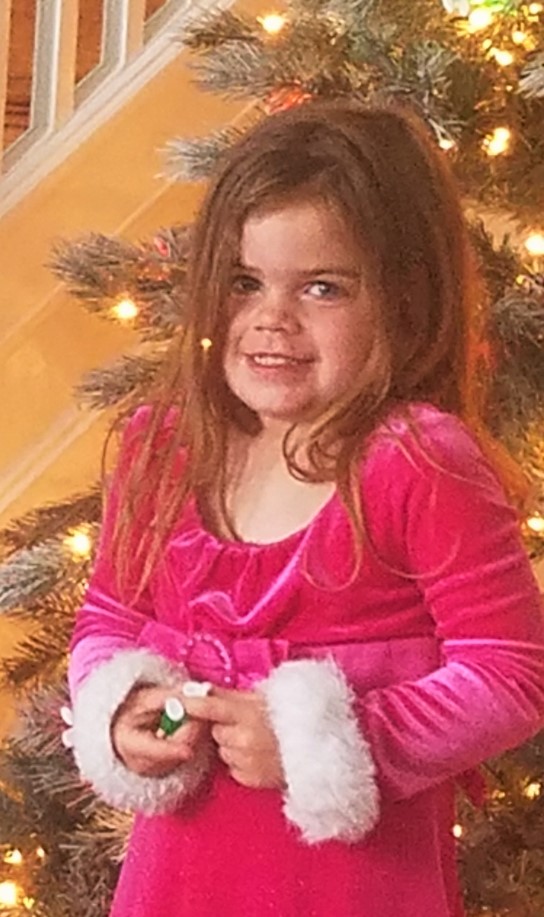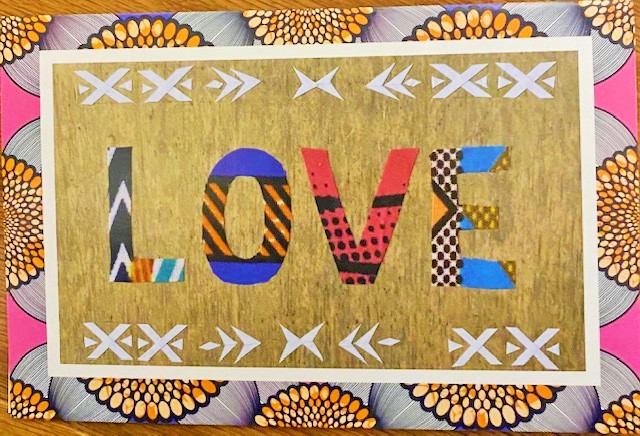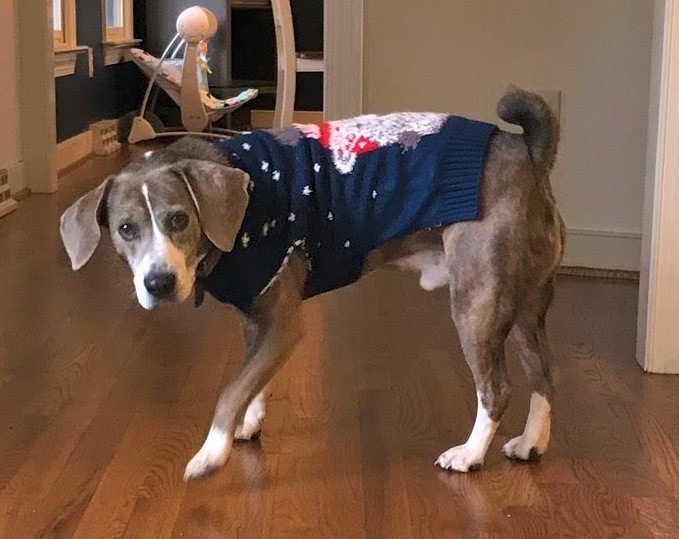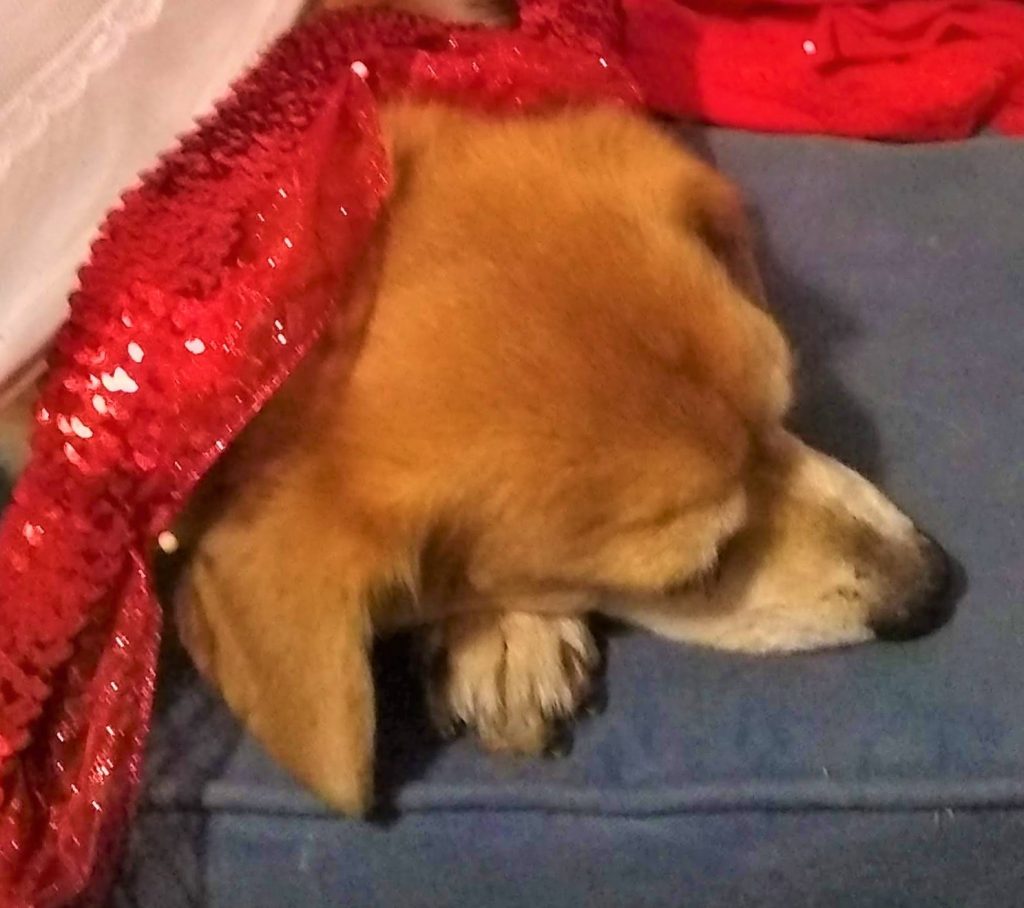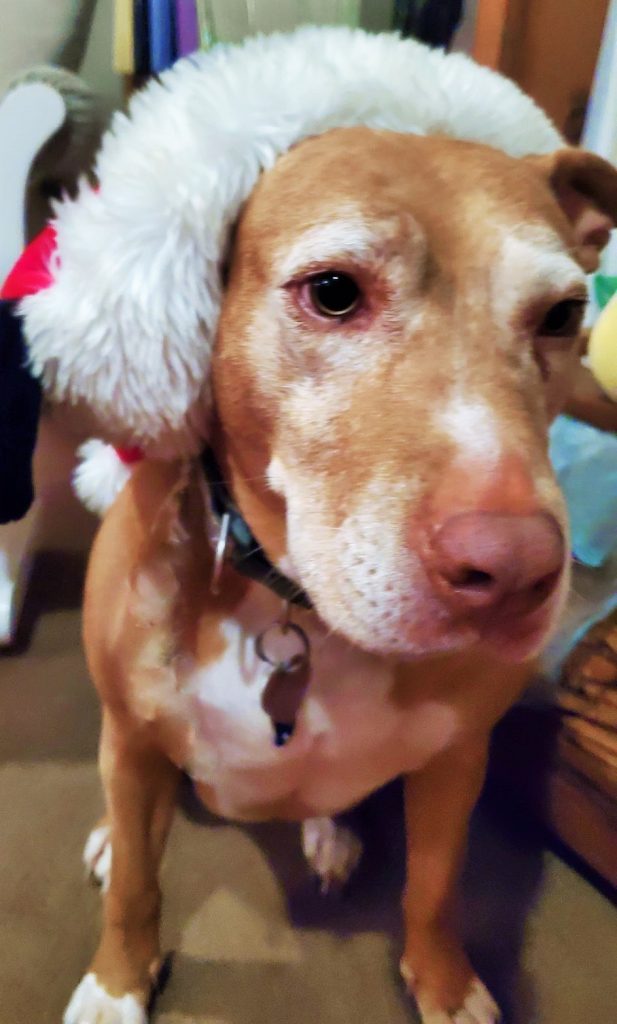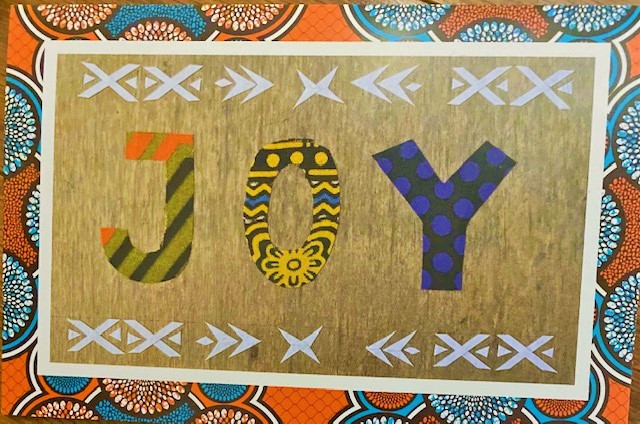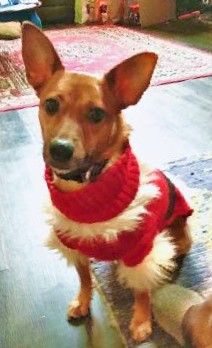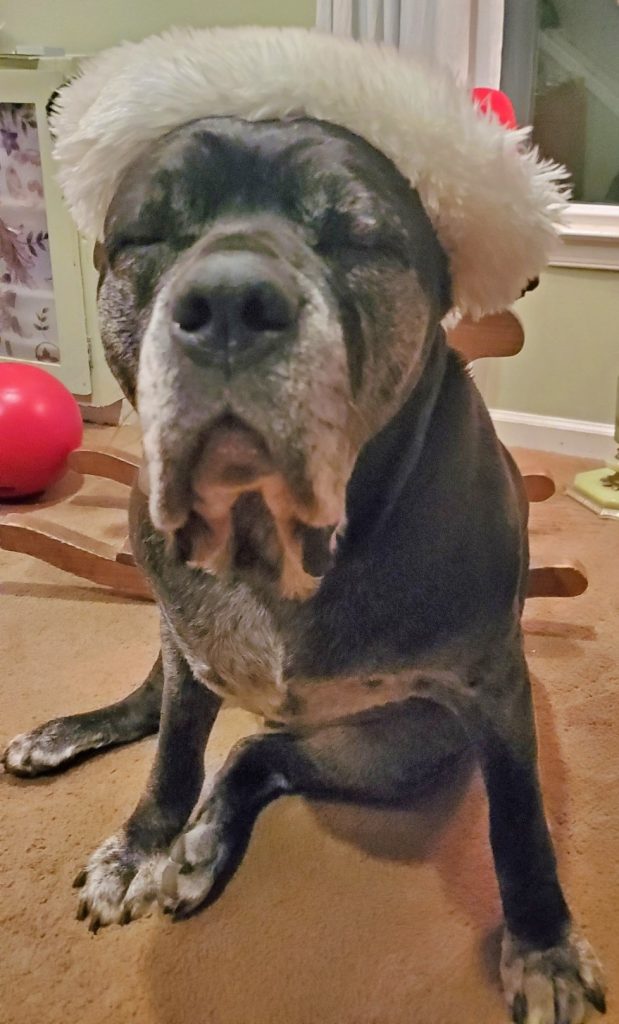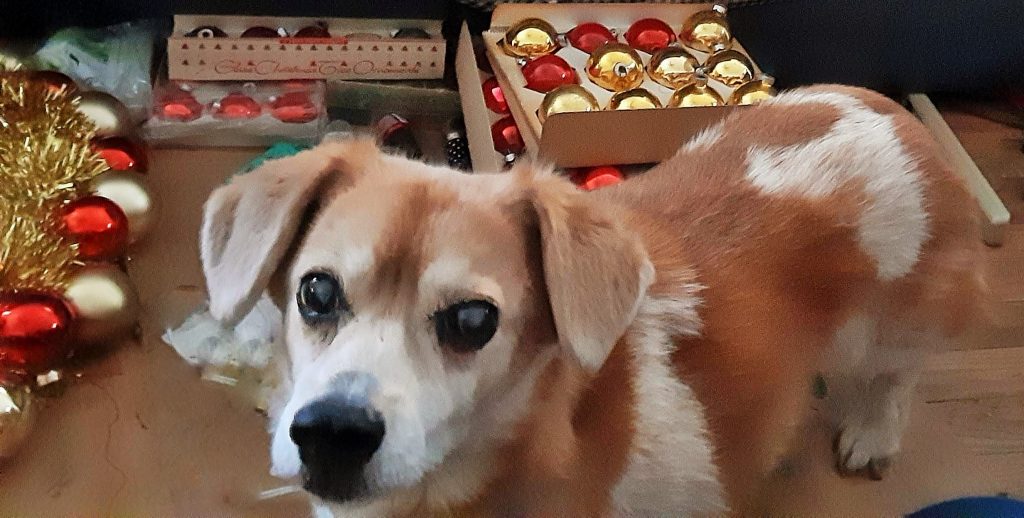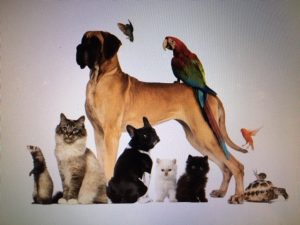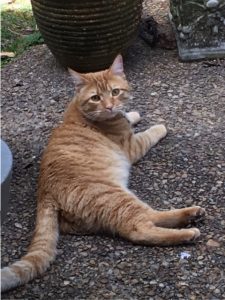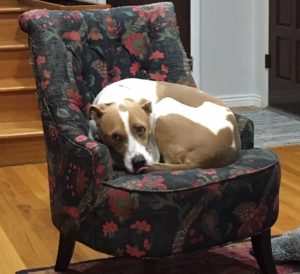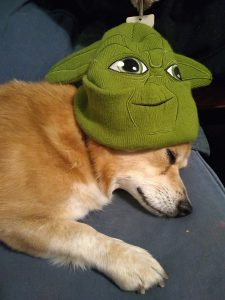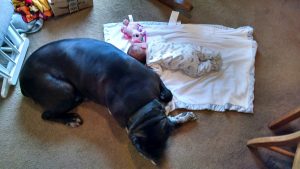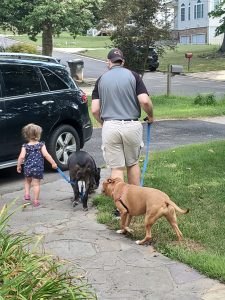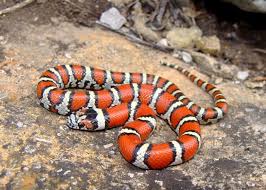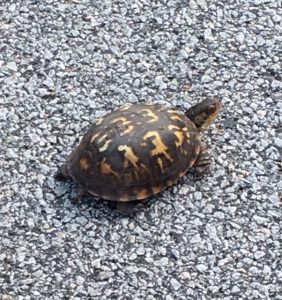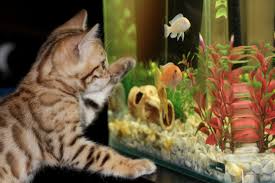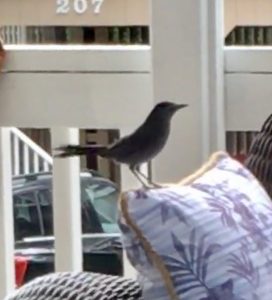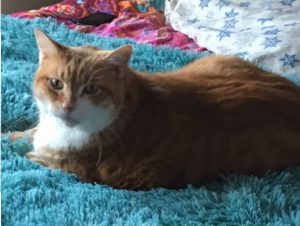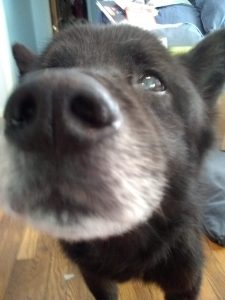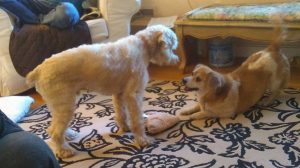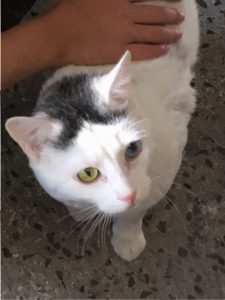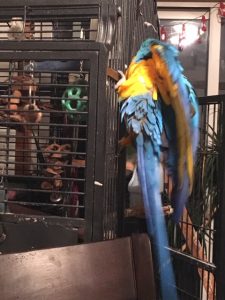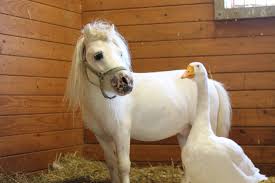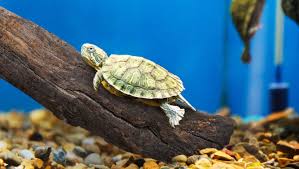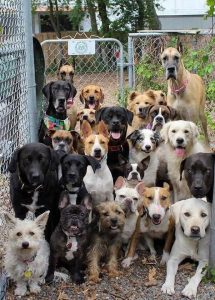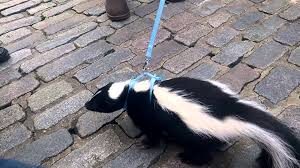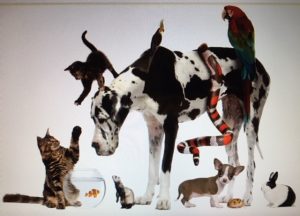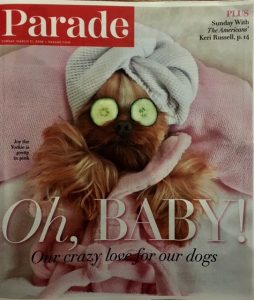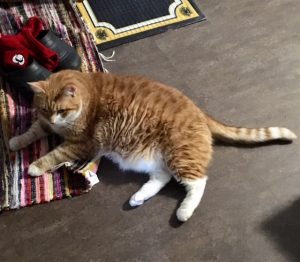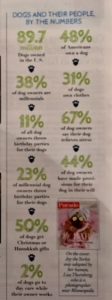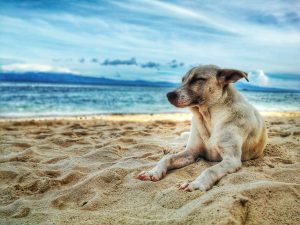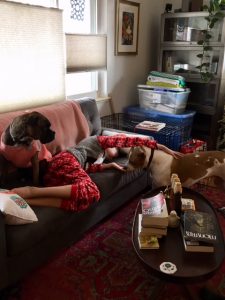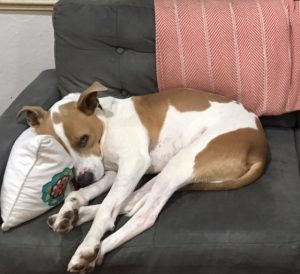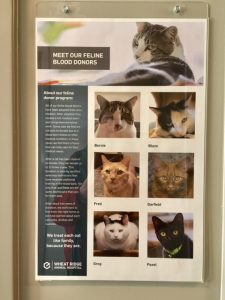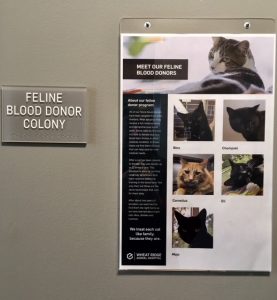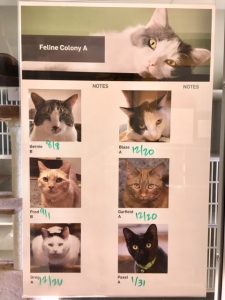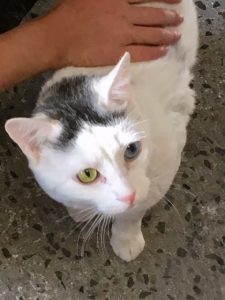It’s here, it’s there! In the car. Under the china cabinet. On book shelves—and books. Curled into dust bunnies in closet corners. Where on earth does all that dust come from? Short answer? Nearly everywhere!
Wherever it comes from, dust is fine particles of solid matter, heavy enough to see and light enough to be carried by the wind.
What Makes Dust?
Tiny fragments of human skin account for 20-50% of household dust! People are generally aware of dry skin on the scalp and body. Now you know: it doesn’t just disappear! If you sleep on flannel sheets, your bed might look like you have full-body dandruff. (Told to me by a friend!)
Pets also shed skin cells. People who are allergic to cats, dogs, guinea pigs or whatever, are allergic to that pet’s dander. Personally, I have a major anaphylactic response (throat swelling, unable to breathe) to guinea pig dander—even to a room where a guinea pig has been! In Peru, guinea pig meat is a traditional and major source of protein. It turns out, I can eat guinea pig, I just can’t be around them.
BTW, although it is extremely rare, people can be allergic to human dander! And some dogs are allergic to humans!
Hair is usually seen in strands, but can disintegrate into dust, too.
Dangerous Dust
Smoke and ash often go together. You smell smoke because of the particles coming in contact with your nasal membranes. And as you all know, excessive exposure to smoke or ash can be deadly. But don’t forget volcanic ash!
Those spring days when your vehicle seems to have been powdered in yellow, you can see pollen dust. But even when you can’t see it, airborne pollen can adversely affect breathing.
Bacteria are dust? Yep. Or at least they are in dust. The most common ones are staphylococcus and streptococcus, both common on human skin and relatively prevalent in our everyday lives.
Dust that is small bits of dirt or rock are hazardous to one’s lungs with long or repeated exposure. Think black lung disease for coal miners. Ditto asbestos used in construction. Even plaster or chalk dust.
Wind moves dust in dry places. A small wind gust can swirl debris almost anywhere, such as the driveway or a city street. A strong, well-formed, relatively short-lived whirlwind makes a dust devil. It can be short or tall, like a swirling cone of dust.
Big winds, over expansive areas can form dust storms. This happened long-term in the 1930s across the American and Canadian prairie. The result was called the Dust Bowl, and great damage to the ecology and agriculture.
People with asthma or other breathing problems pay close attention to the daily air quality index, which is affected by all these sources of dust pollution.
Useful Dust
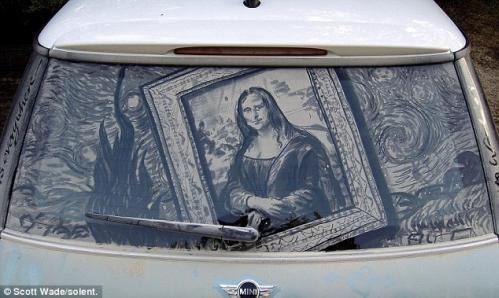
Is there anything good about dust? I mean apart from children being able to write their names on tables, cars, etc.
Beauty, maybe? You can buy sea salt spray for your hair, purported to offer texture, a natural look, and to counter some of the oil on hair to give you an extra day of good style between washes.
Sea spray (aerosol particles of salt crystals from the ocean) is formed mostly by bursting bubbles where the sea meets the air, transferring matter and energy between the ocean and the atmosphere. It’s most obvious when it dries on surfaces.
Then, too, individual dust particles are a major part of rain. Water vapor in clouds condenses (turns to liquid) around invisible dust particles. A “grain” of dust is likely at the center of every raindrop.
In agriculture, dust can enhance soil fertility and improve crop growth. Adding rock dust to fields can also help to capture carbon in the atmosphere, potentially helping to reverse climate change.
In industry, dust can be used in the production of such materials as concrete and ceramics.
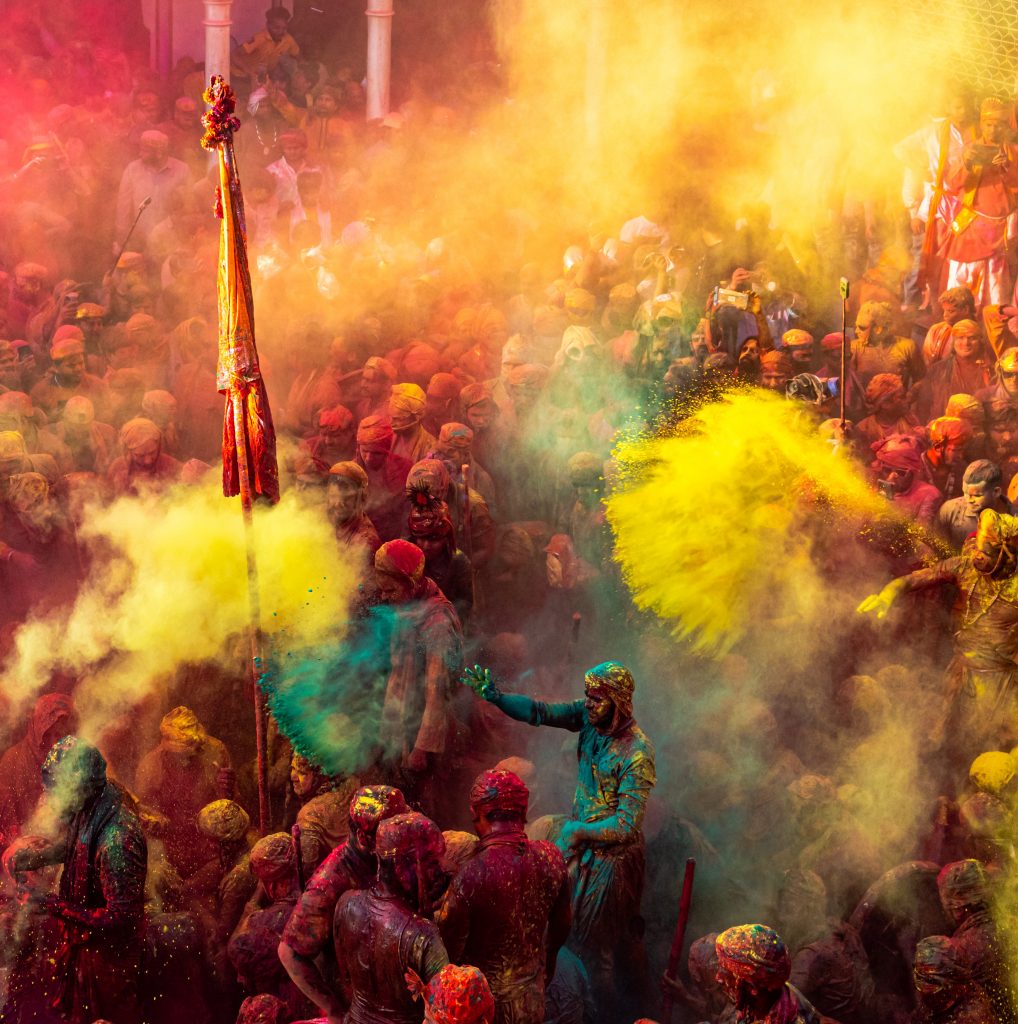
Among the benefits of dust is that it reduces the air temperature, as well as reduces the risk of toxic gases in the atmosphere.
Exposing children to dust through gardens and dust in the child’s natural surroundings enhances children’s immunity.
Household dust actually purifies the air by neutralizing ozone that can harm our lungs—because one of the major components of house dust is human skin, which contains the ozone-eliminating component squalene.
Dust is important for survival because it plays a role in a range of physical, chemical, and bio-geological processes, and interacts with the cycles of energy, nitrogen, carbon, and water that are necessary for Earth system functions.
Bottom Line: Like so many things, dust is good for you—in moderation.
